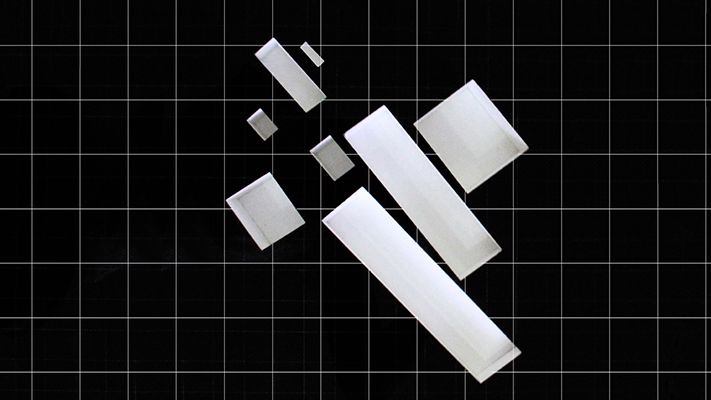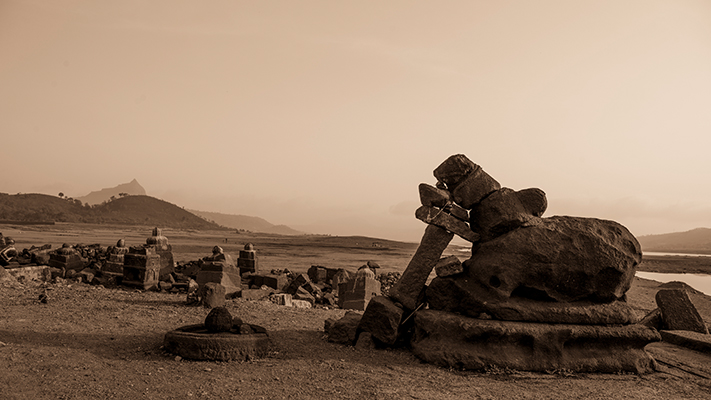The Mills and Malad Stone: Tracing back in time
“We decided to reuse and readapt the one primary material, Malad Stone, from the mills that were being demolished as the stone quarries had been closed for many decades and this was the only source of stone remaining; else it would have been powdered to ground, to a dust or disposal or used for filling.” -Kamal Malik
Salvaged stone pieces, once quarried from mines in Malad to build the mills, were brought in to compose a giant vaulted ceiling for the Mandala House (2000) in Pune. Reminiscent of traditional Moorish architectural practice, the Khorakiwala Residence (2003) in Mumbai weaves the history into a tapestry that is contemporary by incorporating the stones in their original form.
Stonecrete or Maladcrete was invented to repurpose the original Malad stone for ease of usability. The material can be spotted on the walls of American School (1999), Onward Novell HQ (1999) and UTI Headquarters (1996).

Through the years 1870 to 1915, the number of mills rose from 13 to 83. But right after World War II, the industry faced strong competition from Japan, leading to unprofitability and a steady demise of the industry. The mills, eventually abandoned, were quickly acquired and redeveloped by multiple high-profile builders.
“The downfall of the industry soon resulted in mills being abandoned. The senior planners felt that they should be repurposed to create spaces for culture, for education, for recreation; a central lung space for the city. However, the government had other ideas, and ultimately, these lands were given to builders or handed over to builders for development of high rise. As a corollary, the old structures were then demolished and the entire centre, which was almost like another city, was just uprooted.” -Kamal Malik
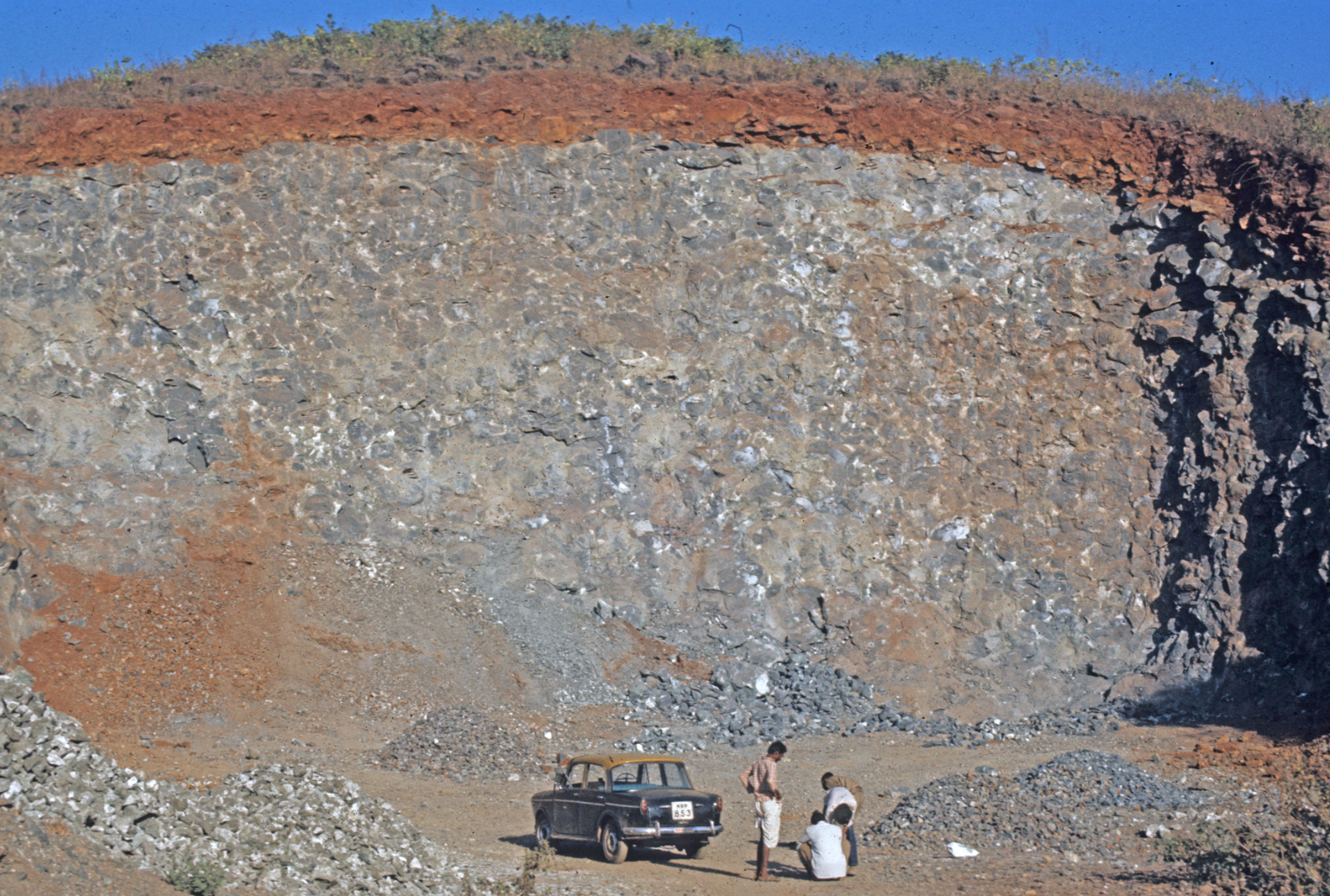
Since pre-colonial times, Mumbai (then known as Bombay), has been of significance globally in the commercial sector. Travellers from around the world engaged in trade through the city's ports and infrastructure. The strategic geographic location of the city and political influences have enabled it to grow exponentially over centuries.
A boom in the textile industry was observed around the late 19th century, deploying a large number of mills and mill workers in the central parts of Bombay. Those areas, therefore, came to be collectively known as Girangaon (Mill Village). These mills, designed to produce bulk quantities of textiles, were largely constructed using local materials such as stone blocks quarried from Malad, in suburban Mumbai.
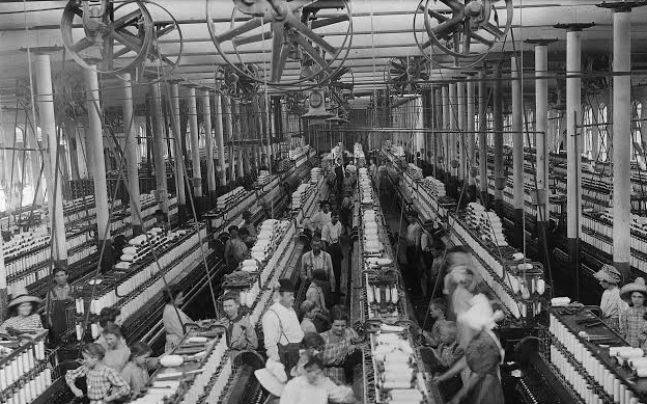
“The projects are more than the blocks of stones reused. The mills stood for centuries of textile manufacture, which was the main trade in this part of the city. Beginning its journey from the quarries of Malad and shaping the textile industry and mills of Bombay, this stone is not just any material - it represents a whole way of life.”- Kamal Malik
A part of history was borrowed; not in terms of shape, form, et cetera, but in terms of a humble tribute to the glorious past it carries in memory.
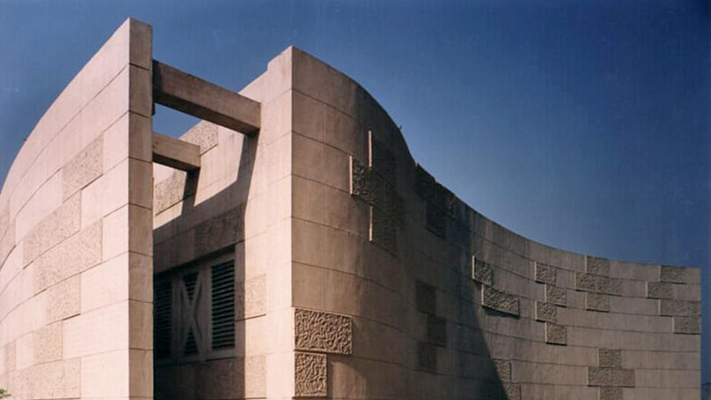
Malad Stones Quarries; https://www.mindat.org/loc-1992.html
The Mills and Malad Stone: Tracing back in time

“We decided to reuse and readapt the one primary material, Malad Stone, from the mills that were being demolished as the stone quarries had been closed for many decades and this was the only source of stone remaining; else it would have been powdered to ground, to a dust or disposal or used for filling.” -Kamal Malik
Salvaged stone pieces, once quarried from mines in Malad to build the mills, were brought in to compose a giant vaulted ceiling for the Mandala House (2000) in Pune. Reminiscent of traditional Moorish architectural practice, the Khorakiwala Residence (2003) in Mumbai weaves the history into a tapestry that is contemporary by incorporating the stones in their original form.
Stonecrete or Maladcrete was invented to repurpose the original Malad stone for ease of usability. The material can be spotted on the walls of American School (1999), Onward Novell HQ (1999) and UTI Headquarters (1996).
Through the years 1870 to 1915, the number of mills rose from 13 to 83. But right after World War II, the industry faced strong competition from Japan, leading to unprofitability and a steady demise of the industry. The mills, eventually abandoned, were quickly acquired and redeveloped by multiple high-profile builders.
“The downfall of the industry soon resulted in mills being abandoned. The senior planners felt that they should be repurposed to create spaces for culture, for education, for recreation; a central lung space for the city. However, the government had other ideas, and ultimately, these lands were given to builders or handed over to builders for development of high rise. As a corollary, the old structures were then demolished and the entire centre, which was almost like another city, was just uprooted.” -Kamal Malik


Since pre-colonial times, Mumbai (then known as Bombay), has been of significance globally in the commercial sector. Travellers from around the world engaged in trade through the city's ports and infrastructure. The strategic geographic location of the city and political influences have enabled it to grow exponentially over centuries.
A boom in the textile industry was observed around the late 19th century, deploying a large number of mills and mill workers in the central parts of Bombay. Those areas, therefore, came to be collectively known as Girangaon (Mill Village). These mills, designed to produce bulk quantities of textiles, were largely constructed using local materials such as stone blocks quarried from Malad, in suburban Mumbai.
“The projects are more than the blocks of stones reused. The mills stood for centuries of textile manufacture, which was the main trade in this part of the city. Beginning its journey from the quarries of Malad and shaping the textile industry and mills of Bombay, this stone is not just any material - it represents a whole way of life.”- Kamal Malik
A part of history was borrowed; not in terms of shape, form, et cetera, but in terms of a humble tribute to the glorious past it carries in memory.

CITATIONS:
Malad Stones Quarries; https://www.mindat.org/loc-1992.html
The Cotton Mills; https://theory.tifr.res.in/bombay/history/cotton.html
History of Mills; https://theculturetrip.com/asia/india/articles/a-brief-history-of-mumbais-iconic-textile-mills
Read more


